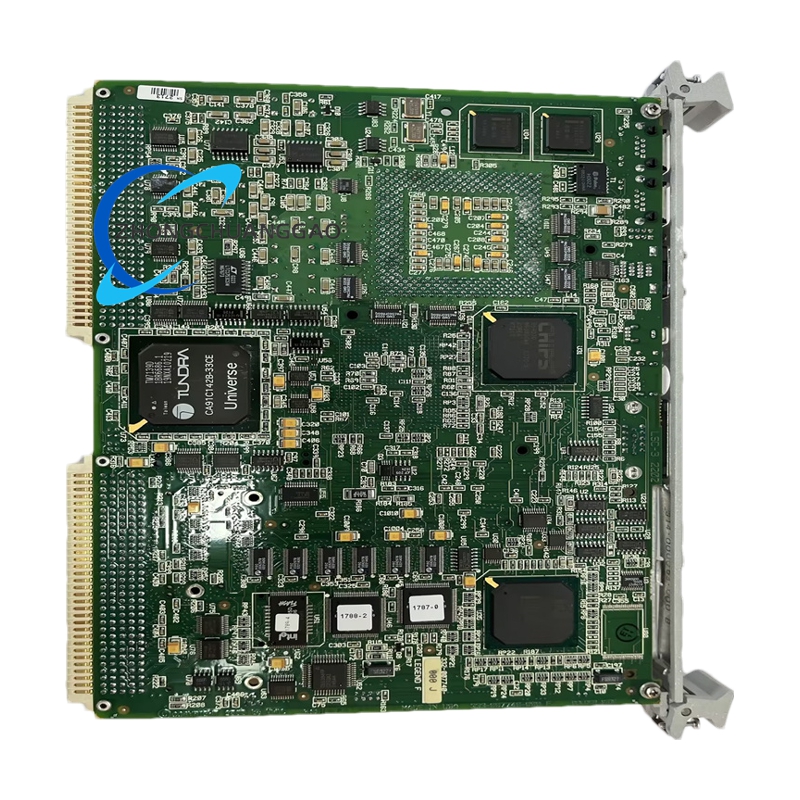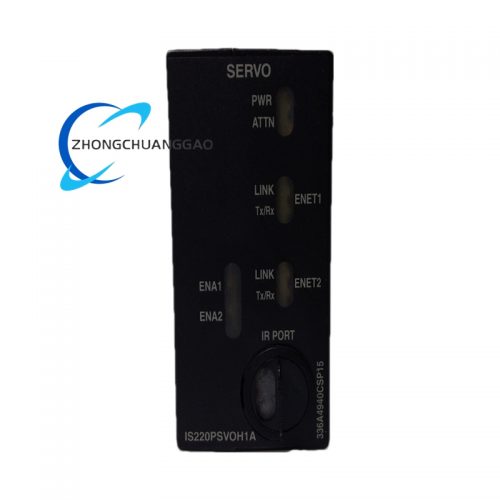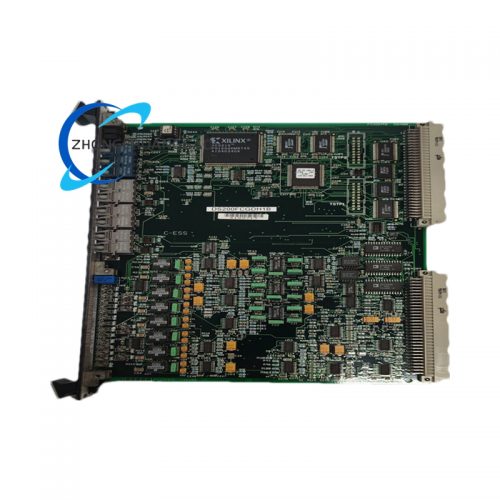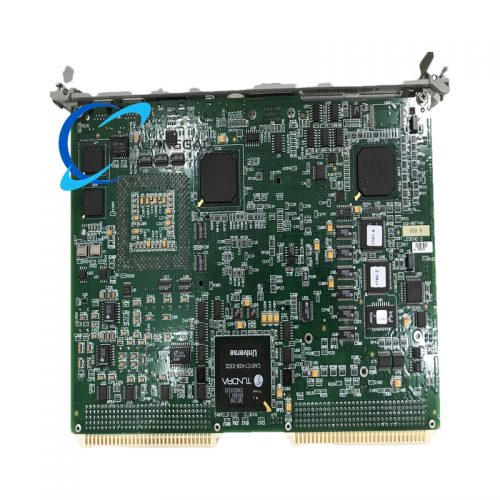Description
-
Technical Specifications
-
CPU: Pentium III (Coppermine) 733 MHz, 256 KB L2 cache
-
Memory: Up to 512 MB SDRAM via 144-pin SODIMM sockets
-
Flash: 8 MB bootable onboard flash, expandable to 96 MB
-
Storage: Ultra-DMA-66 IDE interface (2.5-inch HDD or DOM/CF adapter)
-
Graphics: 2D SVGA controller, 4 MB SGRAM, resolutions up to 1280 × 1024
-
Ethernet: Dual 10/100 Mbit RJ-45 ports with remote-boot capability
-
Serial: Two RS-232/422/485 DB-9 ports
-
USB: One USB 1.1 host on front panel
-
Keyboard/Mouse: PS/2 mini-DIN front-panel port
-
Expansion: 32-bit/66 MHz PMC slot (5 V/3.3 V auto-select)
-
VME Interface: A32/A24/D64/D32, MBLT64, dual-port RAM window to VME bus
-
Timers: Programmable watchdog, four 32-bit general-purpose timers
-
Power: +5 V @ 10 A max, +12 V @ 2 A max; typical consumption 18 W
-
Operating Temperature: 0 °C to +70 °C standard, –40 °C to +85 °C rugged option
-
Dimensions: 233 mm × 160 mm × 20 mm (6U single-slot)
-
Conformal Coating: Optional for harsh environments

-
Functional Features
-
Full PC/AT Compatibility: Boots MS-DOS, Windows 95/NT/2000, Linux or VxWorks
-
Endian Conversion Hardware: Byte-swapping engine for big-endian/little-endian data exchange over VME
-
PCI-to-VME Bridge: Tundra Universe II ASIC enables master, slave and DMA roles simultaneously
-
Non-Volatile SRAM: 128 KB battery-backed SRAM for configuration retention
-
Hot-Swap Ready: Supports VME64 hot-swap specification with front-panel key switch
-
Remote Diagnostics: Ethernet-based firmware update and status monitoring
-
Application Scenarios
-
Industrial Automation: Real-time machine control, SCADA front-end processors
-
Test & Measurement: ATE racks, vibration tables, engine test cells
-
Power & Energy: Substation controllers, turbine protection simulators
-
Aerospace & Defense: Flight simulators, radar signal processors
-
Communications: Base-station protocol converters, network protocol analyzers




Reviews
There are no reviews yet.